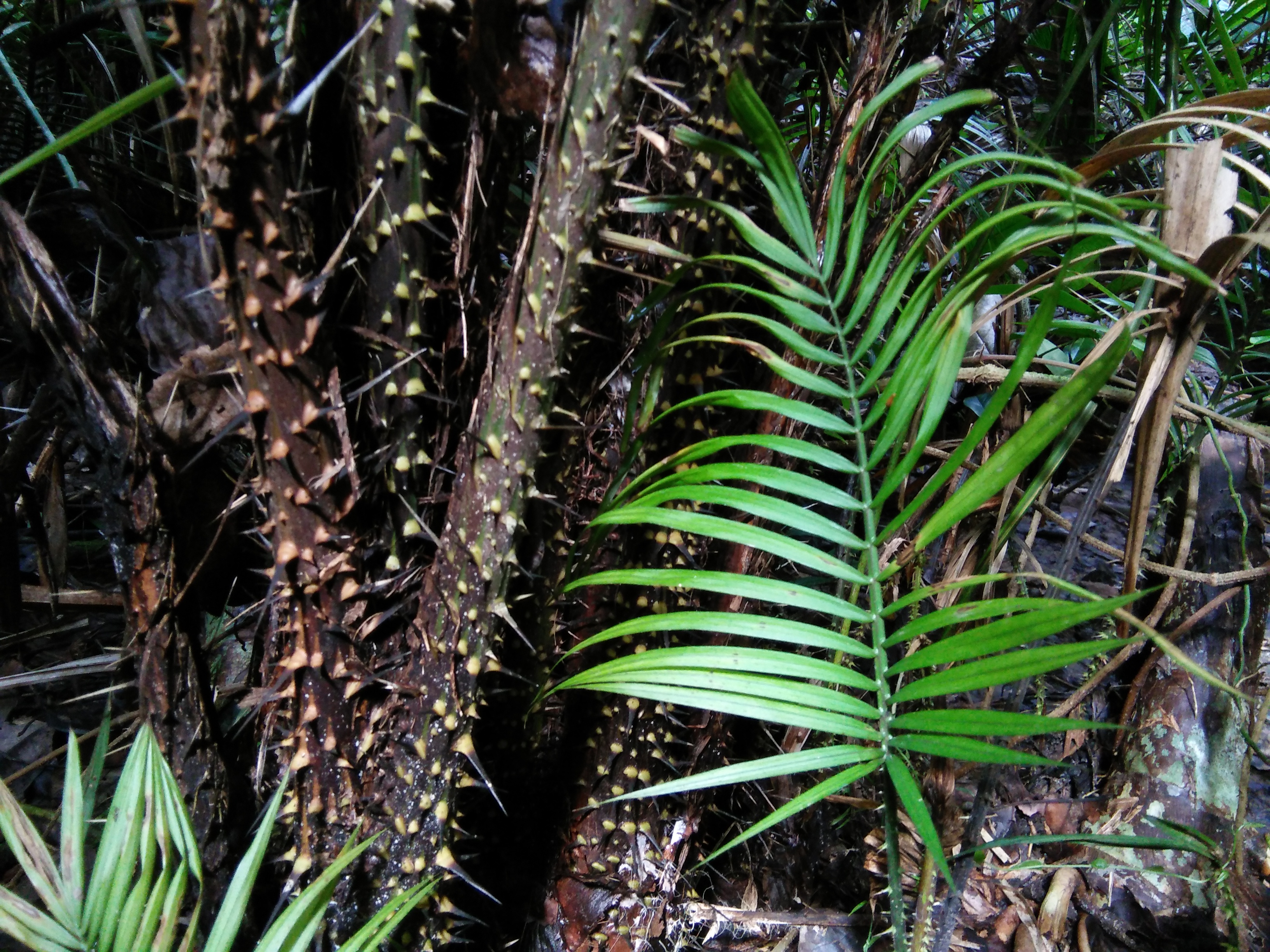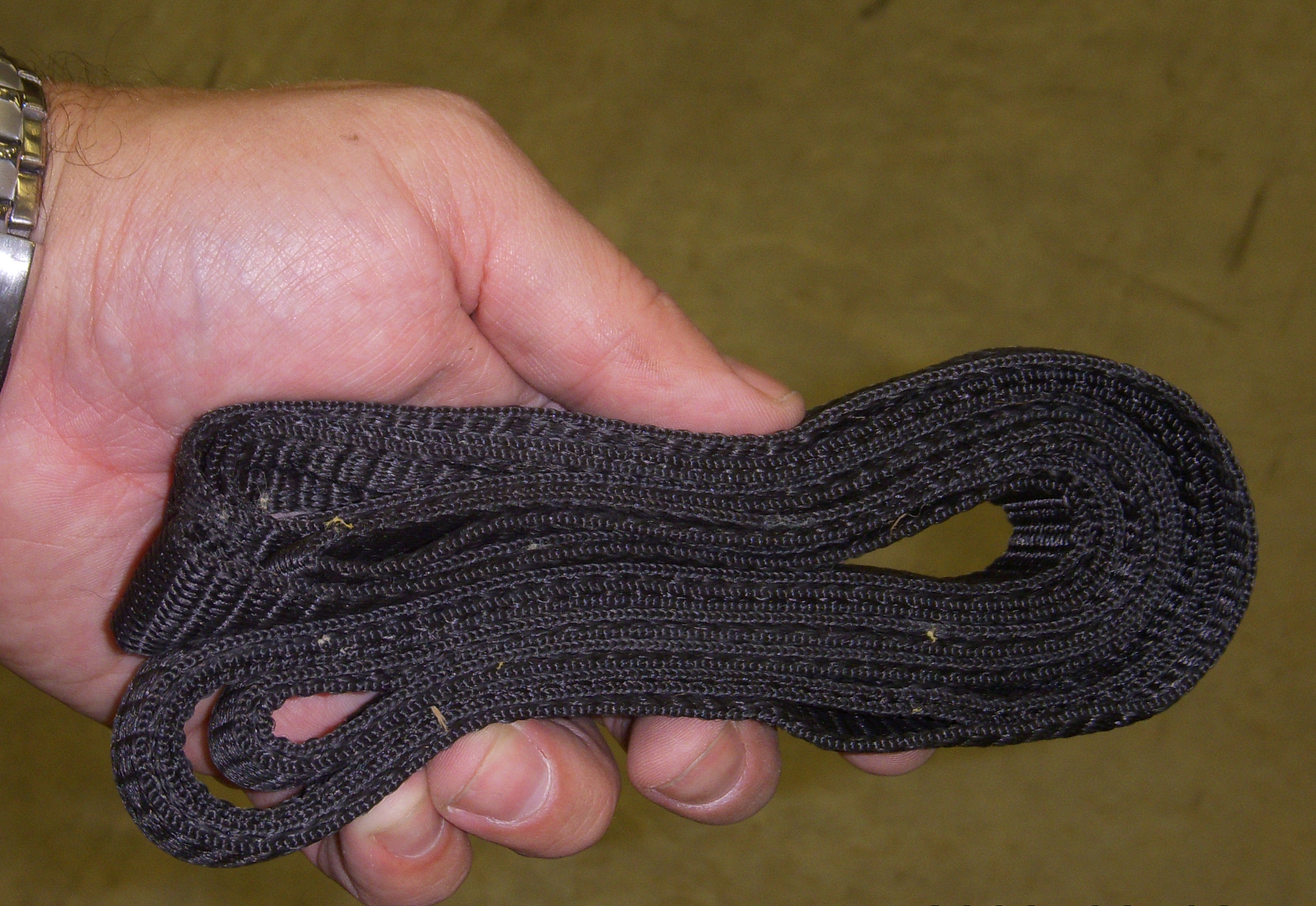|
Takiding
Takiding is a traditional woven basket with shoulder straps associated with the Lun Bawang, Murut, Bisaya (Borneo), Bisaya Brunei, Dusun Brunei and Kedayan people in Brunei. It is made with bamboo, rattan and tree leaves and traditionally woven by hand. Names The local spelling variants include ''takiding'', ''tekiding'' or ''tikiding''. It is denoted as a Murut people, Murut word by the Malaysian language authority Dewan Bahasa dan Pustaka. It is not to be confused with the same name as known in upper Padas River in Sabah, whereby the latter is another name of barait, a traditional basket-backpack of the Murut people. Design Takiding is cylindrical with a square base and four columns to keep it upright. The top has a thick, circular rim and is lidless. The diameter in the middle may be narrower than those at the base and the top. There are two shoulder straps which are fastened to the base and the columns or the rim; smaller takiding may not have shoulder straps. Takiding ... [...More Info...] [...Related Items...] OR: [Wikipedia] [Google] [Baidu] |
Belait District Museum 31 July 2023 13
Belait can refer to either: * Belait District of Brunei Darussalam * Kuala Belait, the administrative town of the Belait District * Belait (river) which flows through the Belait District of Brunei Darussalam. * Belait people, an ethnic group indigenous to the Belait District * Belait language, part of the Malayo-Polynesian group of languages. * ''Belait'', a variant of ''Vilāyat'' (Hindi विलायत, Urdu ولایت), used in India to refer to Great Britain (and sometimes Europe more generally), via Persian from the Arabic ولاية, ''wilayah, wilāyah'' {{disambiguation, geo ... [...More Info...] [...Related Items...] OR: [Wikipedia] [Google] [Baidu] |
Journal Of The Malayan Branch Of The Royal Asiatic Society
The ''Journal of the Malaysian Branch of the Royal Asiatic Society'' (JMBRAS) is a academic journal published by the Malaysian Branch of the Royal Asiatic Society (MBRAS). The journal covers topics of historical interest concerning Peninsular Malaysia, Sabah, Sarawak, Labuan and Singapore. It was founded in 1877 in Singapore. History The journal has been published under three different names during its 130-year history. The journal was first founded in 1877 by a group of British colonial administrators in Singapore and published as the ''Journal of the Straits Branch of the Royal Asiatic Society (''JSBRAS) and published at six-monthly intervals by the Straits Branch of the Royal Asiatic Society (SBRAS). The first volume came out in September 1878 (but bore 'July 1878' as its publication date). The final volume of JSBRAS was JSBRAS 86, published in November 1922. In 1923 SBRAS was renamed the Malayan Branch of the Royal Asiatic Society (MBRAS), in response to the increasing sph ... [...More Info...] [...Related Items...] OR: [Wikipedia] [Google] [Baidu] |
Paddy (unmilled Rice)
Rice is a cereal grain and in its domesticated form is the staple food of over half of the world's population, particularly in Asia and Africa. Rice is the seed of the grass species ''Oryza sativa'' (Asian rice)—or, much less commonly, '' Oryza glaberrima'' (African rice). Asian rice was domesticated in China some 13,500 to 8,200 years ago; African rice was domesticated in Africa about 3,000 years ago. Rice has become commonplace in many cultures worldwide; in 2023, 800 million tons were produced, placing it third after sugarcane and maize. Only some 8% of rice is traded internationally. China, India, and Indonesia are the largest consumers of rice. A substantial amount of the rice produced in developing nations is lost after harvest through factors such as poor transport and storage. Rice yields can be reduced by pests including insects, rodents, and birds, as well as by weeds, and by diseases such as rice blast. Traditional rice polycultures such as rice-duck farming ... [...More Info...] [...Related Items...] OR: [Wikipedia] [Google] [Baidu] |
Brunei Arts And Handicraft Centre
Brunei, officially Brunei Darussalam, is a country in Southeast Asia, situated on the northern coast of the island of Borneo. Apart from its coastline on the South China Sea, it is completely surrounded by the Malaysian state of Sarawak, with its territory bifurcated by the Sarawak district of Limbang. Brunei is the only sovereign state entirely on Borneo; the remainder of the island is divided between its multi-landmass neighbours of Malaysia and Indonesia. , the country had a population of 455,858, of whom approximately 180,000 resided in the capital and largest city of Bandar Seri Begawan. Its official language is Malay, and Islam is the state religion of the country, although other religions are nominally tolerated. The government of Brunei is an absolute monarchy ruled by the Sultan, and it implements a fusion of English common law and jurisprudence inspired by Islam, including sharia. At the Bruneian Empire's peak during the reign of Sultan Bolkiah (1485–1528), the ... [...More Info...] [...Related Items...] OR: [Wikipedia] [Google] [Baidu] |
Rattan
Rattan, also spelled ratan (from Malay language, Malay: ''rotan''), is the name for roughly 600 species of Old World climbing palms belonging to subfamily Calamoideae. The greatest diversity of rattan palm species and genera are in the closed-Canopy (biology), canopy Old-growth forest, old-growth tropical forests of Southeast Asia, though they can also be found in other parts of tropical Asia and Africa. Most rattan palms are ecologically considered lianas due to their climbing habits, unlike other palm species. A few species also have tree-like or shrub-like habits. Around 20% of rattan palm species are economically important and are traditionally used in Southeast Asia in producing wickerwork furniture, baskets, Walking stick, canes, woven mats, Rope, cordage, and other handicrafts. Rattan canes are one of the world's most valuable non-timber forest products. Some species of rattan also have edible scaly fruit and heart of palm. Despite increasing attempts in the last 30 y ... [...More Info...] [...Related Items...] OR: [Wikipedia] [Google] [Baidu] |
Donax Canniformis
''Donax'' is a monotypic genus of flowering plants in the family Marantaceae. It contains only one recognized species, ''Donax canniformis'' (G.Forst.) K.Schum, widespread from the Andaman Islands, Myanmar (Burma), southern China, Southeast Asia, New Guinea, Melanesia and Micronesia Micronesia (, ) is a subregion of Oceania, consisting of approximately 2,000 small islands in the Northwestern Pacific Ocean. It has a close shared cultural history with three other island regions: Maritime Southeast Asia to the west, Poly .... References {{Taxonbar, from=Q3263685 Marantaceae Flora of China Flora of Taiwan Flora of Indo-China Flora of Malesia Flora of Papuasia Flora of Vanuatu ... [...More Info...] [...Related Items...] OR: [Wikipedia] [Google] [Baidu] |
Padas River
The Padas River () is a river in Interior Division, southwestern Sabah of Malaysia. It has a total length of from its headwaters in the mountains of northwest Sabah to its outlet at the South China Sea, southwest of Beaufort town. It originates from the Long Pasia in Sipitang and goes through the mountains in the interior Beaufort, Keningau and Tenom Districts, which are part of the Crocker Range system. Padas river is from Long Pasia. Features The river is important to provide water supply to Labuan and both districts of Beaufort and Tenom including as the main source of hydroelectric power to entire west coast of Sabah. The river is among the destination for water rafting activities in Sabah aside from Liwagu and Kiulu River. File:RiversOfSabah SungaiPadas-01.jpg, Rocks in the river. File:Sungai-Padas View-In-Padas-Valley.jpg, The river view from Padas Valley. File:Sungai-Padas Bridge-in-Beaufort.jpg, Vehicle bridge passing the river in Beaufort. File:White water ... [...More Info...] [...Related Items...] OR: [Wikipedia] [Google] [Baidu] |
Shoulder Strap
A strap, sometimes also called strop, is an elongated flap or ribbon, usually of leather or other flexible materials. Thin straps are used as part of clothing or baggage, or bedding such as a sleeping bag. See for example spaghetti strap, shoulder strap. A strap differs from a belt mainly in that a strap is usually integral to the item of clothing; either can be used in combination with buckles. Straps are also used as fasteners to attach, secure, carry, or bind items, to objects, animals (for example a saddle on a horse) and people (for example a watch on a wrist), or even to tie down people and animals, as on an apparatus for corporal punishment. Occasionally a strap is specified after what it binds or holds, e.g. chin strap. Webbing is a particular type of strap that is a strong fabric woven as a flat strip or tube that is also often used in place of rope. Modern webbing is typically made from exceptionally high-strength material and is used in automobile seat belts, fur ... [...More Info...] [...Related Items...] OR: [Wikipedia] [Google] [Baidu] |
Dewan Bahasa Dan Pustaka
Dewan Bahasa dan Pustaka (, Jawi: ), abbreviated DBP, is the government body responsible for coordinating the use of the Malay language and Malay-language literature in Malaysia. History DBP Malaysia was established as Balai Pustaka in Johor Bahru on 22 June 1956, It was placed under the purview of the then Malayan Ministry of Education. During the ''Kongres Bahasa dan Persuratan Melayu III'' (The Third Malay Literary and Language Congress) which was held between 16 and 21 September 1956 in both Singapore and Johor Bahru, Balai Pustaka was renamed Dewan Bahasa dan Pustaka. Royal Prof Ungku Abdul Aziz Ungku Abdul Hamid was instrumental in setting up the institution. In 1957, DBP moved from Johor Bahru to Kuala Lumpur. Through ''Ordinan Dewan Bahasa dan Pustaka 1959'', DBP was granted a charter with its own Board of Governors. With the charter, DBP has the power to form policies regarding the Malay language, responsible to spread the language and is able to go into book pub ... [...More Info...] [...Related Items...] OR: [Wikipedia] [Google] [Baidu] |
Murut People
The Murut, alternatively referred to as Tagol/Tahol, constitute an indigenous ethnic community comprising 29 distinct sub-ethnic groups dwelling within the northern inland territories of Borneo. Characterized by their rich cultural diversity, the Murutic languages form a linguistic family encompassing approximately half a dozen closely intertwined Austronesian languages. Murut populations exhibit dispersion in Malaysia's Sabah and the northern part of Sarawak, as well as in the country of Brunei and the Indonesian North Kalimantan Province. Furthermore, the Murut people have close connections with the Tidung people, Tidung, who historically inhabited Borneo's east coast region that underwent processes of Islamization and Malayalization, Etymology The literal translation of ''murut'' is "hill people". Demographics A large percentage of the Murut communities are in the southwest interior of Sabah, East Malaysia, specifically the districts of Keningau, Tenom, Nabawan, Labua ... [...More Info...] [...Related Items...] OR: [Wikipedia] [Google] [Baidu] |





